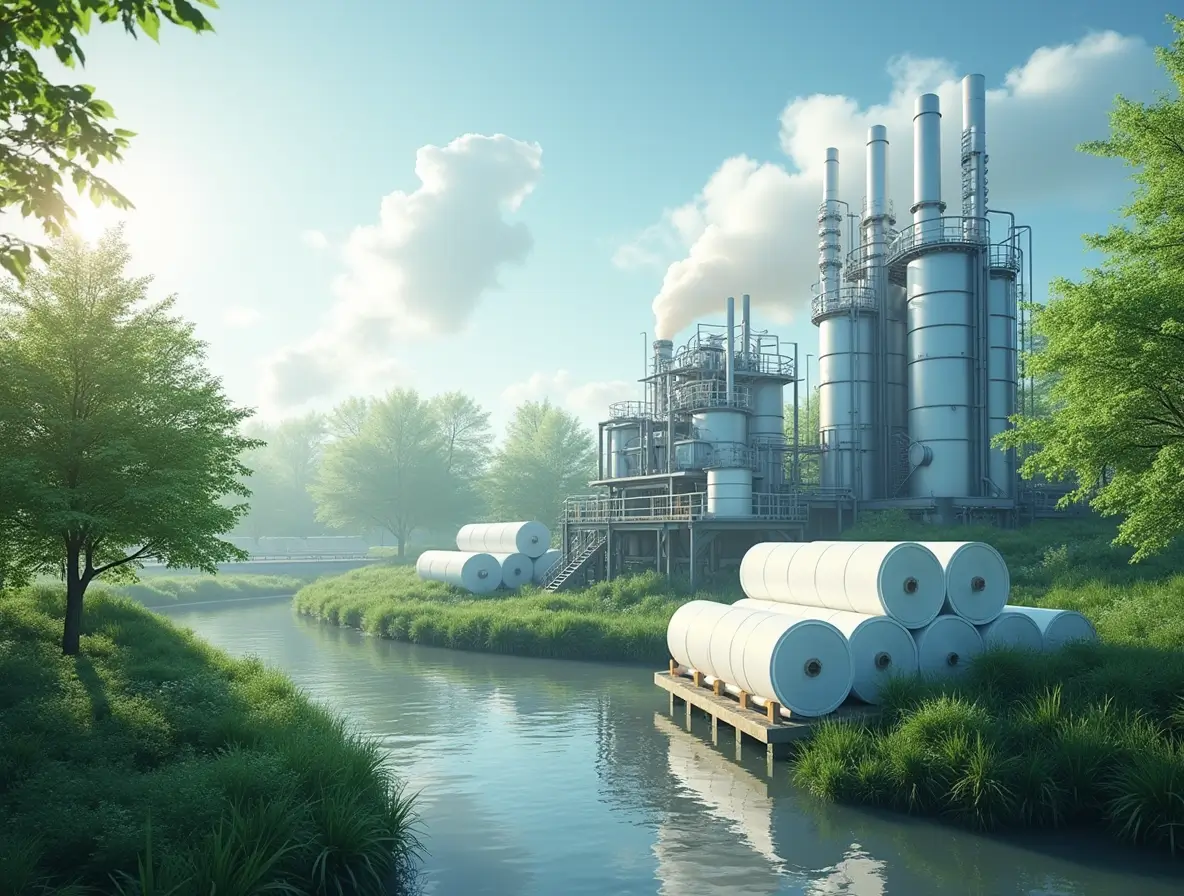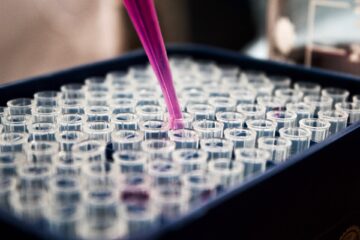Introduction: Understanding the MMA Monomer and Its Role in Manufacturing
Methyl methacrylate (MMA) monomer is a pivotal building block in the production of polymethyl methacrylate (PMMA), a versatile plastic widely utilized across diverse industries. Renowned for its optical clarity, durability, and lightweight nature, MMA-based polymers serve a critical purpose in applications ranging from automotive manufacturing to construction and consumer goods. MMA itself is synthesized through complex chemical processes that ensure its purity and reliability for demanding industrial uses.
The material is prized for its ability to be molded into various forms while maintaining performance under extreme conditions. As industries seek sustainable solutions, understanding MMA’s significance becomes increasingly important.
What is Regenerated MMA Monomer? A Brief Overview
Regenerated MMA (Methyl Methacrylate) monomer refers to a recycled and purified chemical compound derived from waste or used MMA products. This innovative process transforms discarded acrylic materials, such as PMMA (Poly methyl methacrylate), into reusable MMA monomers. The approach enables circularity in industrial production, reducing dependency on virgin MMA synthesis, which typically involves petroleum-based components.
The regeneration process employs technologically advanced methods, including depolymerization, to break down PMMA into its original monomer form. By employing this technique, manufacturers gain access to a sustainable resource, reducing environmental impact and fostering eco-friendly practices.
The Science Behind Regenerating MMA Monomer
Regenerating methyl methacrylate (MMA) monomers involves the application of advanced chemical recycling techniques. This process employs depolymerization, a reaction where PMMA (polymethyl methacrylate) is heated to break down into its original monomer form. Operating at controlled temperatures and pressures, it ensures minimal byproduct formation and maximizes yield. Catalysts such as metal oxides are often used to enhance efficiency and reduce energy consumption. The recovered MMA monomer is purified through distillation, removing impurities and restoring its original quality. This regeneration not only mitigates waste but also reduces dependency on petroleum-based resources, aligning with sustainability goals.
Environmental Challenges in Traditional MMA Monomer Production
Traditional production of methyl methacrylate (MMA) monomer often relies on processes that heavily consume non-renewable resources, contributing to significant environmental strain. The most prevalent method, acetone cyanohydrin (ACH) synthesis, demands high energy input and generates hazardous byproducts, including ammonium sulfate, which requires further handling and disposal.
Chemical emissions during production, such as volatile organic compounds (VOCs), pose risks to air quality and human health. Water pollution from untreated effluents exacerbates ecological damage in nearby aquatic systems. Regulatory pressures and rising public awareness of environmental issues present continual challenges, forcing industry players to explore cleaner, safer alternatives.
How Regenerated MMA Monomer Addresses Sustainability Concerns
Regenerated MMA (methyl methacrylate) monomer represents a pivotal shift in addressing critical sustainability concerns within industrial production. By recycling MMA monomer from end-of-life products or manufacturing waste, this innovative approach minimizes environmental impact. It reduces reliance on virgin raw materials, decreasing carbon emissions tied to extraction and processing.
Key Advantages of Regenerated MMA
- Waste Reduction: Promotes circular economy practices by reclaiming waste materials.
- Energy Efficiency: Requires less energy compared to traditional MMA production processes.
- Lower Carbon Footprint: Mitigates greenhouse gas emissions through reduced raw material use.
The ability to generate high-quality MMA with lower ecological costs makes regenerated MMA a transformative solution for industries pursuing sustainable operations.
Applications of Regenerated MMA Monomer in Different Industries
Regenerated MMA monomer demonstrates versatility across various industries due to its exceptional properties and eco-friendly production process. Key applications include:
- Automotive Industry: Utilized in manufacturing lightweight, durable coatings and components like taillights and dashboards, providing resistance to wear and superior transparency.
- Construction Materials: Applied in producing weather-resistant panels, skylights, and acrylic sheets used in architecture and interior design.
- Medical Sector: Essential in creating biocompatible products such as dental prostheses, surgical instruments, and transparent diagnostic equipment.
- Electronics: Used in producing optical lenses, display panels, and housings for electronic devices, offering clarity and impact resistance.
- Retail and Commercial Display: Preferred for signage, display stands, and furniture requiring high aesthetic appeal and durability.
Economic Benefits of Adopting Regenerated MMA Monomer
Adopting regenerated MMA monomer introduces measurable economic advantages across industrial operations. Manufacturers benefit from reduced raw material costs, as recycled monomers eliminate reliance on virgin MMA manufacturing processes that are resource-intensive and costly. Using regenerated MMA also enables more efficient supply chain management by minimizing dependency on volatile petroleum-based inputs.
Furthermore, businesses can lower waste disposal expenses since recycling procedures significantly diminish production waste. Regenerated MMA enhances energy efficiency by reducing the energy required in its production compared to traditional methods. Companies integrating this sustainable approach may also achieve higher market competitiveness due to growing consumer demand for environmentally responsible products.
Case Studies: Success Stories from Manufacturers Using Regenerated MMA Monomer
Several manufacturers have adopted regenerated MMA monomer to improve environmental performance and streamline costs.
- Automotive Industry: A leading car manufacturer reduced raw material waste by 30% while maintaining material integrity for exterior coatings.
- Construction Sector: A cement panel producer integrated MMA recycling into production, ensuring 25% lower energy consumption.
- Electronics Industry: A multinational electronics firm reported a 40% decrease in emissions during fabrication of plastic components for consumer devices.
These compelling examples highlight how regenerated MMA monomer enhances sustainable practices without compromising quality or efficiency. Selective adoption continues to demonstrate robust operational benefits.
Comparing Regenerated MMA Monomer with Conventional Manufacturing Methods
Regenerated methyl methacrylate (MMA) monomer signifies a groundbreaking shift in production technology. Unlike traditional manufacturing, which relies on petrochemical feedstocks, the regeneration method reuses post-consumer or industrial waste, reducing raw material dependency. Conventional approaches typically consume high energy levels and generate significant greenhouse gas emissions. Conversely, the regeneration process requires less energy, minimizing its carbon footprint.
Further, while conventional methods contribute heavily to environmental hazards due to byproducts, regenerated MMA monomer production emphasizes circularity, mitigating waste pollution. The process also fosters cost efficiency as recycling materials reduces feedstock expenses. This innovative approach addresses both ecological and economic challenges effectively. Transitioning seamlessly between sustainability and performance, regenerated MMA offers comparable quality to traditionally manufactured counterparts.
Future Potential: Driving Innovation with Regenerated MMA Monomer
Regenerated MMA monomer represents a pivotal advancement in materials science, poised to revolutionize numerous industries. Its scalable production methods enable extensive adoption across manufacturing, architecture, and automotive sectors. By utilizing sustainable processes, it aligns with global efforts to decrease dependency on fossil fuels and curtail greenhouse gas emissions.
Key opportunities include:
- Enhanced Circular Economy: Regenerated MMA supports closed-loop production by enabling reclamation and reutilization.
- Innovative Applications: It opens pathways for creating advanced composites and lightweight materials.
- Cost Efficiency: Sourcing MMA regeneratively reduces raw material expenditures, benefiting manufacturers.
The material’s versatility positions it as critical for developing eco-conscious products while meeting increasing regulatory demands worldwide. Transitioning toward regenerated MMA signifies substantial potential for fostering green innovations.
Conclusion: Transforming Sustainable Manufacturing with Regenerated MMA Monomer
The integration of regenerated MMA monomer into sustainable manufacturing processes enables industries to address environmental challenges while maintaining high production standards. By recycling polymethyl methacrylate (PMMA) waste into usable MMA monomer, companies reduce dependency on virgin raw materials and minimize waste accumulation. This innovative approach supports a circular economy, fostering responsible resource management. Additionally, it enhances operational efficiency by lowering energy consumption and industrial emissions. Transitioning to regenerated MMA monomer not only mitigates ecological impacts but also aligns with global sustainability goals. As industries increasingly prioritize eco-friendly solutions, regenerated MMA monomer represents a pivotal advancement in sustainable manufacturing practices.



